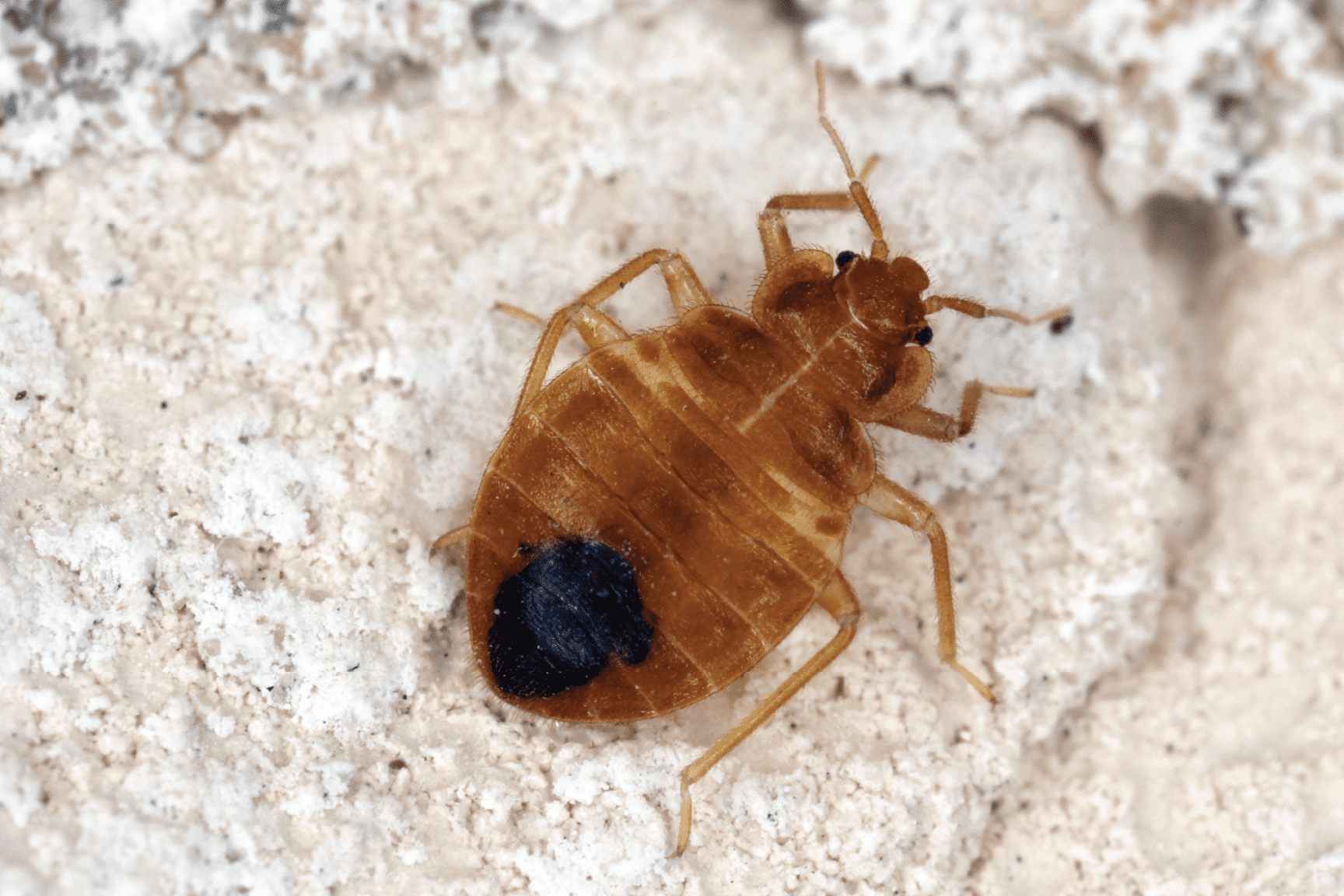Sorts Of Parasite Control: Which Approach Is Right for Your Problem?
When faced with an insect problem, the option of an ideal technique for insect control is critical in successfully managing the scenario. By exploring the different types of parasite control methods readily available, people can make informed choices customized to their unique scenarios, making sure a much more effective and lasting outcome in parasite obliteration.
Chemical Pest Control
Chemical bug control entails making use of synthetic or naturally acquired chemicals to take care of and eradicate pest populations properly. This method is commonly used in agriculture, forestry, and residential setups to deal with a wide variety of insects, including insects, weeds, and rodents. Using chemical pesticides can supply fast and targeted services to pest problems, making it a popular choice for numerous people and organizations.
Among the key benefits of chemical insect control is its capacity to quickly remove pests, minimizing the risk of damage to plants, residential or commercial property, and human health. By utilizing specific chemicals that target specific insects, this method can properly control problems while reducing injury to useful organisms and the setting when applied appropriately.
Nevertheless, making use of chemical bug control also raises concerns regarding possible negative impacts on non-target varieties, water resources, and human wellness. It is crucial to comply with safety and security standards, apply chemicals properly, and take into consideration different parasite control methods to reduce these threats and ensure sustainable parasite monitoring methods.
Biological Bug Control
Organic parasite control, additionally understood as biocontrol, uses living organisms to reduce and manage parasite populaces naturally. By using the bug's natural killers or pathogens, organic insect control supplies a sustainable and environmentally friendly solution to pest monitoring.

Mechanical Bug Control
Utilizing physical and manual methods to take care of insect populaces, mechanical parasite control provides an alternative technique that does not depend on making use of living organisms or artificial chemicals. This approach entails making use of obstacles, traps, or other gadgets to physically deter or get rid of parasites. By blocking parasite access points or establishing traps to catch them, mechanical insect control can properly minimize invasions without introducing chemicals right into the setting.
One usual example of mechanical insect control is using mesh displays on windows and doors to stop pests from getting in structures. This basic yet efficient method serves as a physical barrier, maintaining bugs out while permitting proper ventilation. Additionally, tools like mousetraps, fly swatters, and ultrasonic repellents drop under the mechanical bug control group.
While mechanical bug control approaches can be labor-intensive and require normal monitoring and upkeep, they provide a eco friendly and lasting service for handling pest problems. By integrating various mechanical methods, homeowner can develop a comprehensive pest control strategy that minimizes dependence on chemical pesticides.
Physical Parasite Control

Some usual physical pest control approaches include making use of obstacles such as screens or webs to stop insect entry, catches to capture and get rid of insects, and hand-picking to literally remove bugs from plants or structures. In addition, techniques like warmth treatments can be utilized to regulate their website insects like bed insects by increasing the temperature to degrees that are lethal to the bugs.
Physical pest control is especially valuable in integrated parasite management (IPM) approaches, where multiple bug control approaches are combined for efficient parasite management while lessening using chemicals. By utilizing physical insect control strategies, people can efficiently resolve pest invasions with very little ecological influence.
Integrated Pest Management
When carrying out physical parasite control methods as part of insect administration methods, Integrated Parasite Monitoring (IPM) becomes a comprehensive strategy that leverages different techniques to successfully regulate pest populaces. IPM concentrates on long-term avoidance of pests through a combination of biological, cultural, physical, and chemical tools tailored to specific insect issues. By integrating multiple control methods, IPM intends to decrease the threats linked with parasites while additionally lowering reliance on chemical options.
One secret element of IPM is the emphasis on monitoring and assessing pest populaces to establish the most suitable control methods. This proactive approach enables very early intervention and targeted techniques, resulting in more efficient pest management. In addition, IPM advertises eco-friendly methods by prioritizing non-chemical control methods and just utilizing pesticides as a last hope.
Verdict

By making use of the bug's all-natural killers or virus, organic insect control provides a ecologically friendly and sustainable remedy to pest administration. - Kings pest control cincinnati oh
Using hands-on and physical methods to take care of bug populations, mechanical parasite control supplies an alternate method that does not rely on the usage of living microorganisms or synthetic chemicals.A reliable technique to taking care of parasite populaces without relying on chemical or organic techniques involves the usage of physical bug control techniques.When applying physical bug control techniques as component of bug management approaches, Integrated Insect Management (IPM) arises as a comprehensive approach that leverages different techniques to successfully control pest populaces. Chemical insect control entails the use of pesticides, organic insect control makes use of natural killers, mechanical pest control entails physical barriers, physical parasite pest control adalah control consists of trapping or eliminating pests, and integrated parasite administration incorporates multiple approaches for an alternative approach to pest control.